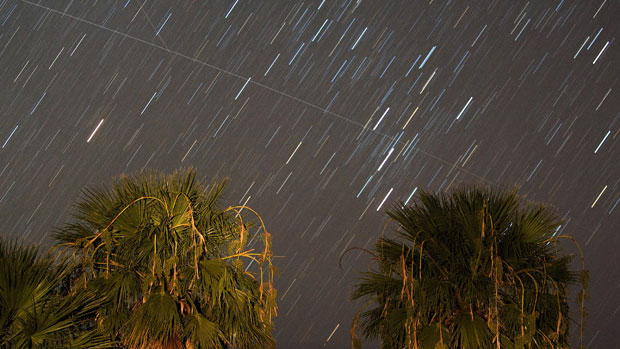Perseids meteor shower: How to see the spectacular display
Stargazers are in for a treat as annual meteor shower said to be at its best tonight

THE ANNUAL Perseids meteor shower is among the most reliable astronomical phenomena for those seeking the so-called "shooting stars". Astronomers are expecting this year's display to be particularly impressive as it coincides with clear, dark skies. Here are some tips on spotting the natural phenomenon...
When is it?The Perseids meteor shower can be seen from around 17 July to 24 August, reaching its peak around this time each year. According to the Royal Astronomical Society, tonight and tomorrow morning will be the best times to watch this year's display from the UK. The shower is expected to be at its most spectacular in the pre-dawn hours, with some viewers lucky enough to see a meteor every minute.
What will you see?The meteors, commonly known as "shooting stars", often appear as fleeting flashes lasting less than a second. However, the brightest ones leave behind trails of vaporised gases that take a few seconds to fade. The meteors come in different colours depending on their make-up.
The Week
Escape your echo chamber. Get the facts behind the news, plus analysis from multiple perspectives.

Sign up for The Week's Free Newsletters
From our morning news briefing to a weekly Good News Newsletter, get the best of The Week delivered directly to your inbox.
From our morning news briefing to a weekly Good News Newsletter, get the best of The Week delivered directly to your inbox.
What is it?The Perseid meteors are material falling from the trail of Comet Swift-Tuttle, which orbits the sun every 133 years. The comet was last seen from Earth in 1992 and is not expected to be seen again until 2125. Every year Earth "ploughs through" the debris the comet leaves in its orbit, says Professor Alan Fitzsimmons, of Queen's University Belfast, in The Guardian. "Every meteor is a speck of comet dust vaporising as it enters our atmosphere at 36 miles per second," he explains. "What a glorious way to go."
Will any debris hit Earth?Material of different sizes is trapped by Earth's gravity as it passes through the comet's trail, says Brendan Owens, an astronomer at the Royal Observatory in Greenwich. Larger material may fall to Earth as meteorites, he tells the Daily Telegraph. "If people are extremely lucky, we can see some fireballs, which are large chunks that... don't completely burn up. Sometimes it ends up with meteorites. There is a possibility of meteorite impact but it is very small."
Where is the best place to view it from?The best way to see the shower is to get as far away from street lights and other forms of light pollution as possible. The Brecon Beacons in south Wales and the Galloway Forest Park in Scotland are said to be perfect places to watch the shower, while the North Downs and the Chilterns are tipped as prime spots for people in London and the south east.
A free daily email with the biggest news stories of the day – and the best features from TheWeek.com
-
 ‘The menu’s other highlights smack of the surreal’
‘The menu’s other highlights smack of the surreal’Instant Opinion Opinion, comment and editorials of the day
-
 Education: More Americans say college isn’t worth it
Education: More Americans say college isn’t worth itfeature College is costly and job prospects are vanishing
-
 One great cookbook: ‘More Than Cake’
One great cookbook: ‘More Than Cake’the week recommends The power of pastry brought to inspired life